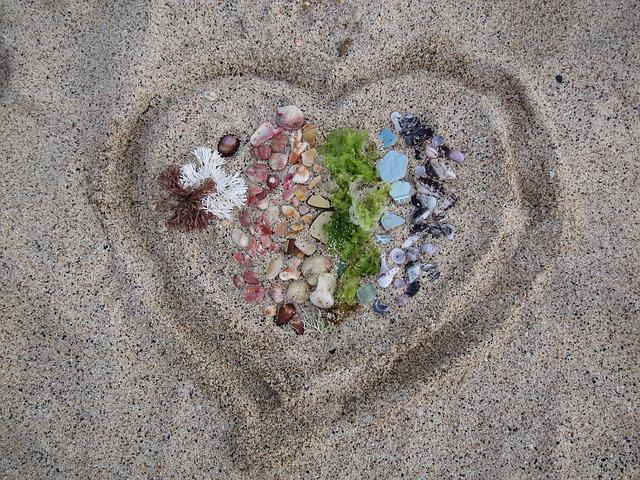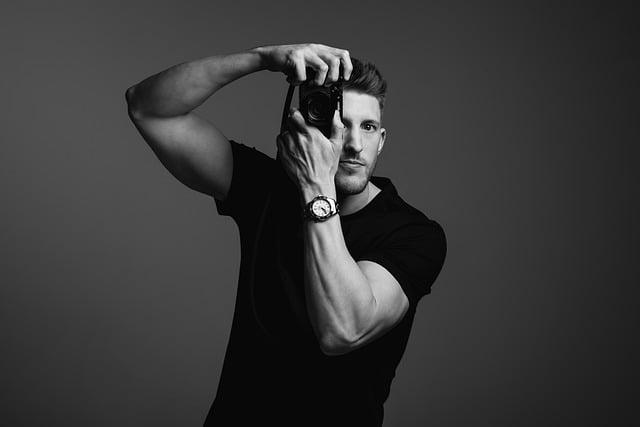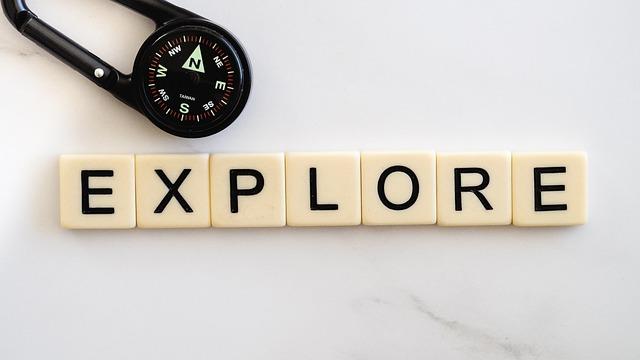Are you ready to take your photo and video edits to the next level? Dive into the world of split toning and unlock the secrets to creating stunning visual masterpieces! In this article, we will explore the art of split toning and how it can transform your ordinary photos and videos into extraordinary works of art. Get ready to unleash your creativity and elevate your editing skills to new heights with this powerful technique. Whether you’re a seasoned pro or just starting out, mastering split toning will definitely take your projects to the next level. Get ready to dazzle your audience and leave them in awe with your breathtaking creations. Let’s dive in and explore the fascinating world of split toning together! 🎨✨
Introduction to Split Toning: Origins and Techniques
In the world of photography and videography, split toning has emerged as a powerful tool for adding depth and artistry to images and footage. Originally rooted in the darkroom era, split toning finds its origins in the innovative use of varied chemical processes to infuse colors into the shadows and highlights of photographs. This technique has seamlessly transitioned into the realm of digital media, where it plays a pivotal role in enhancing visual storytelling. By incorporating opposing or contrasting colors, such as warm yellows with cool blues, split toning allows creators to inject a unique and stylized flair into their creative projects, be it editing a photo in Photoshop or color grading a video.
One of the defining features of split toning is its ability to evoke mood and atmosphere through the strategic application of color gradients. By introducing warm tones to the highlights and cool hues to the shadows, artists can create a dynamic interplay that captivates viewers’ attention and elevates the overall impact of the visual narrative. Whether you are looking to imbue your photos with a nostalgic glow or infuse your videos with cinematic allure, mastering the art of split toning opens up a world of creative possibilities. This technique transcends mere color correction, offering a nuanced approach to image enhancement that can transform ordinary visuals into extraordinary works of art.
Understanding the Art of Split Toning in Photography and Videography
Split toning is a powerful technique used in both photography and videography to enhance the overall visual impact of an image or video. Originating from the dark room era, split toning involves adding different colors to the shadows and highlights of a photo or video using various chemical processes. This method has seamlessly transitioned into the digital age, where tools like Photoshop are commonly used to achieve stunning split-toned effects. By incorporating opposing or contrasting colors, such as warm yellows or oranges in highlights and cool blues in shadows, creators can add depth and a unique style to their visuals.
When it comes to mastering split toning, the key lies in striking the perfect balance between the colors used and the overall tone of the image or video. By skillfully blending warm and cool hues, creators can evoke specific moods and emotions, making their content visually captivating. Whether editing a photo or grading a video, split toning offers endless creative possibilities to elevate the aesthetic appeal of your work. Experimenting with different color combinations and intensities can help you discover a signature style that sets your edits apart from the rest. Embrace the art of split toning to transform your ordinary visuals into extraordinary masterpieces that mesmerize your audience.
Harnessing the Power of Opposing Colors for Creative Edits
When it comes to enhancing your photos and videos, harnessing the power of opposing colors through split toning can take your creative edits to the next level. Originally stemming from darkroom techniques, split toning involves adding different colors to the shadows and highlights of an image to create a unique visual impact. Transitioning into the digital era, this method remains a popular choice in photography and videography, offering a way to infuse character and depth into your visuals.
In split toning, the use of opposing or contrasting colors is key to achieving striking results. Whether you’re working in Photoshop or color grading a video, incorporating warm tones like yellow or orange in the highlights, and cool tones like blue in the shadows can add a touch of artistry and evoke a specific mood in your creations. By mastering this creative technique, you can elevate the style and emotional resonance of your photos and videos, bringing your vision to life in a vibrant and compelling manner.
| Highlighted Colors | Shadows Colors |
|---|---|
| Warm Tones: Yellow, Orange | Cool Tones: Blue |

Exploring Split Toning in Digital Editing: Tips and Tricks
In the realm of digital editing, split toning is a powerful and creative technique that can elevate the visual appeal of your photos and videos to new heights. Originating from the traditional dark room practices of adding colors to shadows and highlights using different chemical processes, split toning has seamlessly transitioned into the digital era. By employing opposing or contrasting colors, you can inject a dynamic flair into your visual creations. Whether you are working in Photoshop to enhance a photo or color grading a video, the possibilities of split toning are endless. For instance, adding a warm yellow or orange hue to the highlights paired with a cool blue in the shadows can instantly transform the mood and atmosphere of an image or video, breathing life into your projects in a unique and captivating way.
When delving into the world of split toning, it’s essential to approach the process with creativity and experimentation. By experimenting with different color combinations and intensities, you can craft a signature style that sets your work apart. Additionally, don’t be afraid to push the boundaries of traditional color schemes and explore unconventional pairings to achieve striking visual effects. Remember, split toning is not just about adding color but also about conveying emotion and narrative through your edits. Embrace the artistic freedom that split toning offers, and let your imagination run wild as you master this essential technique in digital editing. With a dash of creativity and a sprinkle of innovation, you can unlock the full potential of split toning to create stunning and captivating photo and video edits that truly stand out.
Q&A
Q: What is split toning in photography or videography?
A: Split toning is a technique that originated in the dark room, where photographers used different chemical processes to add colors to the shadows and/or highlights of a photo. This method has transitioned into digital photography and filmmaking, often involving the use of opposing or contrasting colors.
Q: How can split toning enhance photo and video editing?
A: When utilizing split toning, contrasting colors are typically applied. For example, in software like Photoshop or during video color grading, one can add warm tones like yellow or orange to the highlights while incorporating cool tones like blue to the shadows. This creative approach adds style and depth to an image or video, making it visually appealing and dynamic.
Q: What impact does split toning have on the overall look of a photo or video?
A: Split toning allows for the creation of a unique atmosphere and mood in visual content. By playing with contrasting colors, photographers and videographers can evoke specific emotions and amplify the overall impact of their work. It adds a layer of creativity and artistry that can transform a standard image or video into a stunning piece of visual storytelling.
Q: How can beginners start mastering split toning in their editing process?
A: For beginners looking to delve into split toning, experimenting with different color combinations and understanding the emotional responses they evoke is key. By practicing and honing this technique, individuals can develop their unique style and elevate their photo and video editing skills. It’s all about trial and error, exploring what works best for each specific project, and ultimately unleashing the creative potential of split toning.
Future Outlook
And there you have it – the art of split toning unraveled! From its roots in the dark room to its modern-day digital applications, split toning has transformed the way we add depth and character to our photos and videos. By blending opposing colors in the highlights and shadows, this technique breathes life and emotion into your visuals, elevating them from ordinary to extraordinary. Whether you’re a photography enthusiast or a budding filmmaker, mastering split toning opens up a world of creative possibilities, allowing you to infuse your work with style and vibrance like never before. So, grab your editing tools, experiment with colors, and watch as your images and videos come to life with the magic of split toning. Let your creativity shine through, and let every frame tell a story worth remembering.
